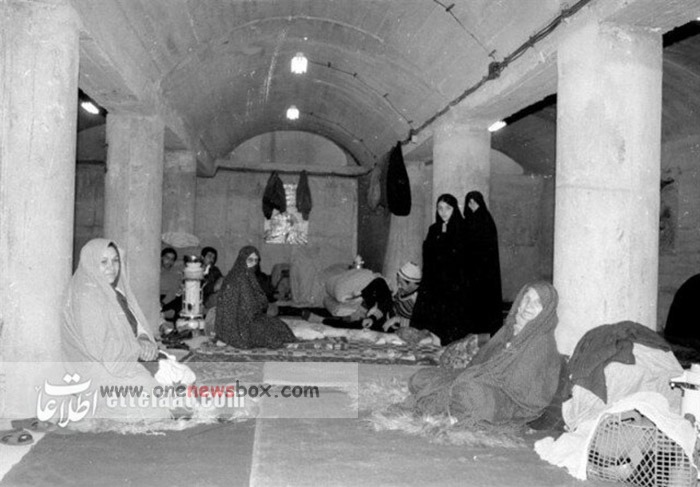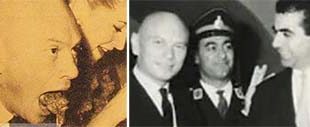The Revolution and Its Impact
The Iranian Revolution of 1979 overturned the balance established by the Algiers Agreement. The newly established Islamic Republic openly supported Iraqi Kurds and Shia activists seeking autonomy or revolution, challenging Saddam Hussein’s authority. Meanwhile, Iraq’s ruling Ba’ath Party watched with growing alarm as Iran’s revolutionary fervor threatened to spill across its borders.
The collapse of the Shah’s regime and the ensuing purge of high‑ranking officers weakened Iran’s military command. The Nojeh coup attempt and the dismissal or execution of senior officers, such as General Gholam Ali Oveisi, signaled to Iraq that Iran was vulnerable. Saddam Hussein came to the conclusion that the weakened Iranian army could not defend itself and that a swift victory might be attainable. According to some reports, he believed Tehran would fall within a week.
The Border Clashes Begin
The conflict escalated with a series of incidents in 1979. Iraq violated Iran’s airspace for the first time on April 1, attacking the Qasr‑e‑Shirin border area. By May, Iraq had conducted airstrikes on Mehran and engaged in numerous skirmishes along the borders. In total, over 560 incidents of aggression were reported between the spring of 1979 and the outbreak of full‑scale war.
On September 4, 1980, Iranian heavy artillery responded by shelling Iraqi border areas, including the cities of Zarbatiyeh, Khanaqin, and Mandali, resulting in civilian casualties. The Iraqis viewed this as the initiation of hostilities and a de facto breach of the Algiers Agreement. These clashes quickly escalated into a war that would consume both nations for nearly a decade.

